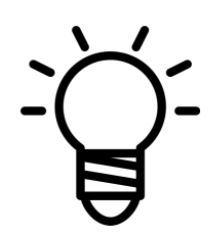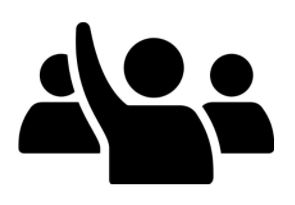|
We are working on developing the creative process to:
Exploring and creating
- Intentionally select and apply materials, movements, technologies, environments, tools, and techniques by combining and arranging artistic elements, processes, and principles in art making
- Create artistic works collaboratively and as an individual using ideas inspired by imagination, inquiry, experimentation, and purposeful play
- Explore relationships between identity, place, culture, society, and belonging through the arts
- Demonstrate an understanding and appreciation of personal, social, cultural, historical, and environmental contexts in relation to the arts
Reasoning and reflecting
- Research, describe, interpret and evaluate how artists (dancers, actors, musicians, and visual artists) use processes, materials, movements, technologies, tools, techniques, and environments in the arts
- Develop and refine ideas, processes, and technical skills in a variety of art forms to improve the quality of artistic creations
- Reflect on works of art and creative processes to understand artists’ intentions
- Interpret works of art using knowledge and skills from various areas of learning
- Examine relationships between the arts and the wider world
Communicating and documenting
- Adapt learned skills, understandings, and processes for use in new contexts and for different purposes and audiences
- Interpret and communicate ideas using symbols and elements to express meaning through the arts
- Take creative risks to express feelings, ideas, and experiences
- Express, feelings, ideas, and experiences through the arts
- Describe, interpret and respond to works of art
- Experience, document, choreograph, perform, and share creative works in a variety of ways
- Demonstrate increasingly sophisticated application and/or engagement of curricular content
|
We will be investigating the following content this year:
- manipulation of elements and principles to create meaning in the arts, including but not limited to:
-
- dance: body, space, dynamics (dance), time, relationships, form, and movement principles
- drama: character, time, place, plot, tension, mood, focus, contrast
- music: beat/pulse, metre, duration, rhythm (music), tempo, pitch, timbre, dynamics (music), form (music), texture, notation
- visual arts: elements of design: line, shape, space, texture, colour, form (visual arts), value; principles of design: pattern, repetition, balance, contrast, emphasis, rhythm (visual arts), movement, variety, proportion, unity, harmony
- processes, materials, movements, technologies, tools, strategies, and techniques to support creative works
- choreographic devices
- drama forms and drama conventions
- notation in music and dance to represent sounds, ideas, movement, elements, and actions
- image development strategies
- symbolism and metaphor to explore ideas and perspective
- traditional and contemporary Aboriginal arts and arts-making processes
- a variety of national and international works of art and artistic traditions from diverse cultures, communities, times, and places
- ethical considerations and cultural appropriation related to the arts
- personal and collective responsibility associated with creating, experiencing, or presenting in a safe learning environment
|


